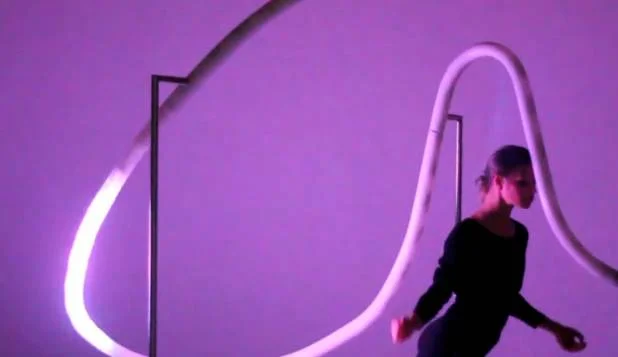Digital transformation is happening fast, and business can fall for a short-term, technology-driven only implementation. While acknowledging that a strategy is the key element in your digital transformation, here you have some data and examples of 5 technologies to watch.
Viewing entries tagged
Innovation
In the current state of uncertainty, when traditional strategic methodologies fall short to help us tackle disruption, what are the creative disciplines that can contribute to the business toolkit?
Quantitative strategic methodologies are inadequate alone when it comes to tackling the uncertainty of disruption, because, by nature, uncertainty does not allow for measurement. On the contrary, trend analysis has been increasingly winning a space in current business strategy as a methodology to provide qualitative insights that help identify new horizons and changing values.
In a world in which everything is subject to sudden change, it is difficult for companies to stay relevant, and the quest to find and exploit value has become more challenging than ever.
Today’s rapidly changing world means the traditional strategic plan is no longer viable. But several years into the cult of lean, it is becoming clear that it is not the panacea that corporates had hoped for.
How can we bridge the strategic capabilities of traditional visions and lean models to get the best of both worlds?
Para la última edición del podcast de diseño Fuera De Contexto, tuve el honor de ser invitada a participar en uno de los episodios, en la que charlamos acerca de cómo los diseñadores de estrategia e innovación podemos ayudar a las empresas a preparase y enfrentar los próximos desafíos que nos presenta este mundo tan complejo y cambiante donde vivimos.
It has been already two weeks since the Design Management Institute´s conference wrapped up in Madrid, and some of you were able to follow the key thoughts discussed there through the twitter hashtag #dmimadrid. Nevertheless, I always find useful to structure my thoughts on a piece of paper (or pixels, in this case) and share them for further discussion with the 93% of the world not using Twitter.
Design innovation is a creative discipline and as such, it means many things. It means thought leadership. It means knowledge, and pattern spotting. It means cross-disciplinary work. It means lateral thinking (as Edward de Bono insightfully described in his work). It means a certain mindset, the one that demands challenges and keeps asking “why not?’’ instead of just “why?’’.
Innovation is one of those buzzwords that we keep hearing constantly nowadays, and its use and (much more often) abuse can lead to misunderstandings, blurry meanings and non-effective use of its true value. In the spirit of contributing to the development and establishment of design innovation, within Philips and to the outside world, I’ve looked to the academic world to find insights on how we can understand and apply the full potential of this discipline. And what better place that one of the world’s leading universities in design, the RCA?
Following the success of her last exhibit, "Design and the elastic mind," MoMA design and architecture curator, Paola Antonelli, has embarked again on another magnificent thought exercise in which she demonstrates again her willingness to stir up the thought community on how design can help shape the future. "Talk to me" is a wonderful exhibition of around 200 products, gadgets, videos and games in which the relationship with people and objects is strengthened and taken to a further, deeper emotional level by means of technology.







